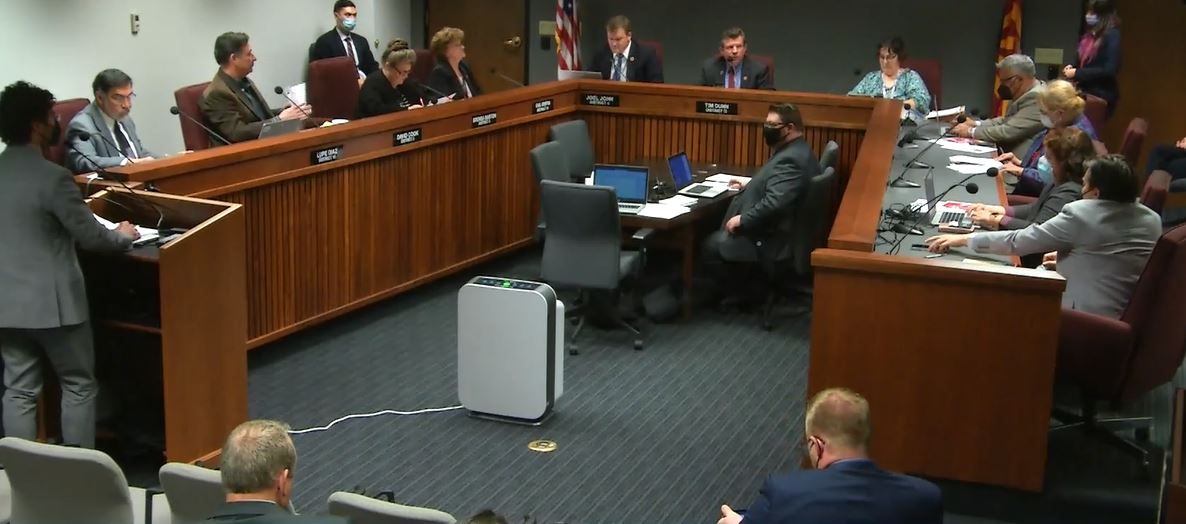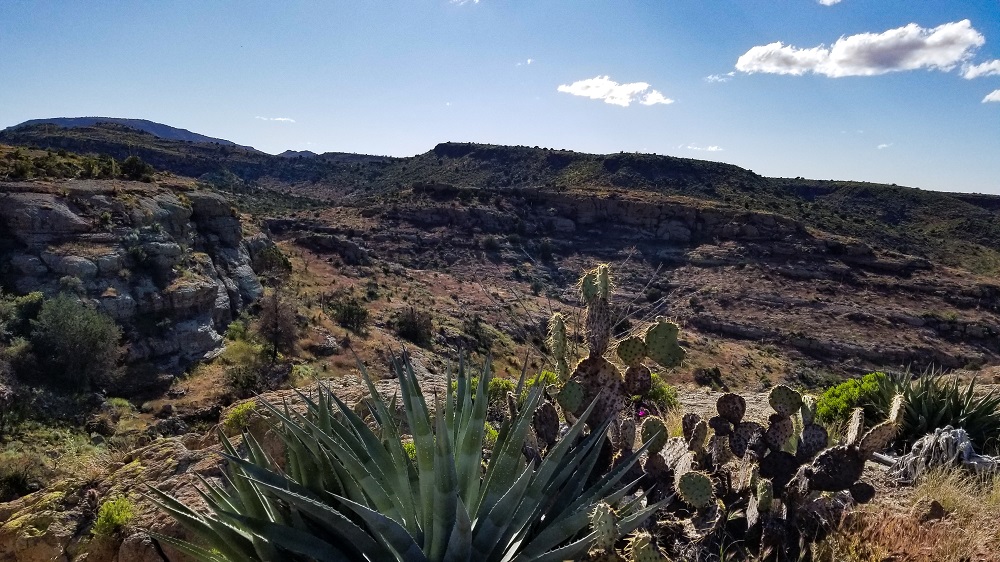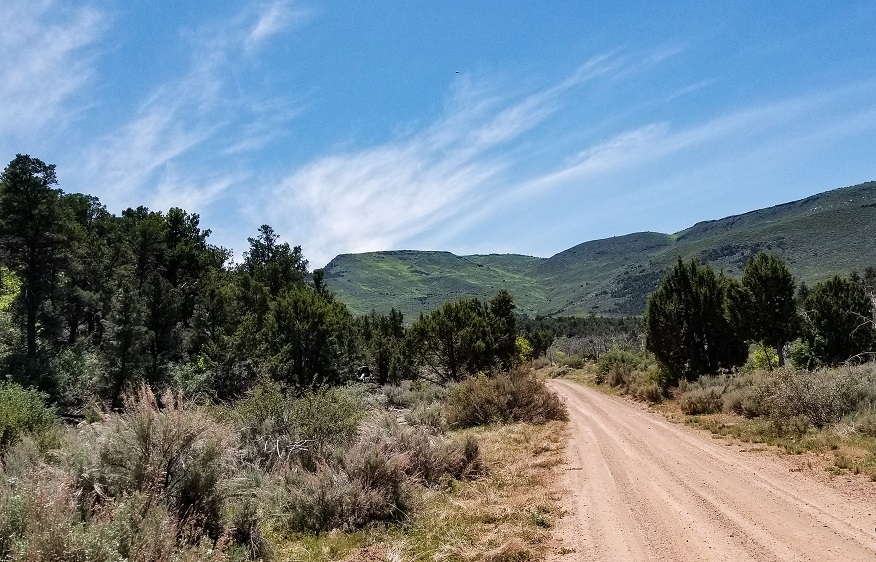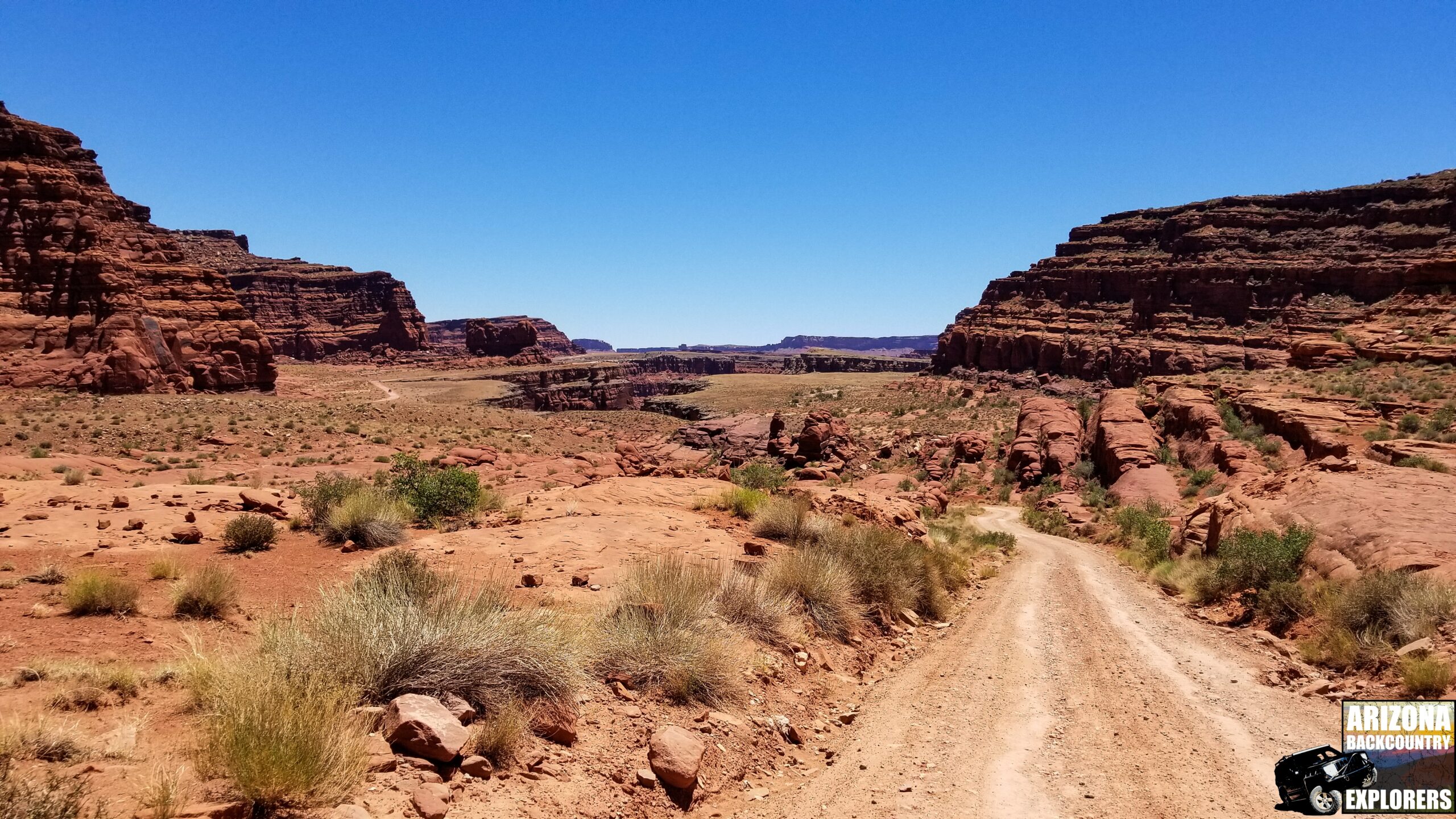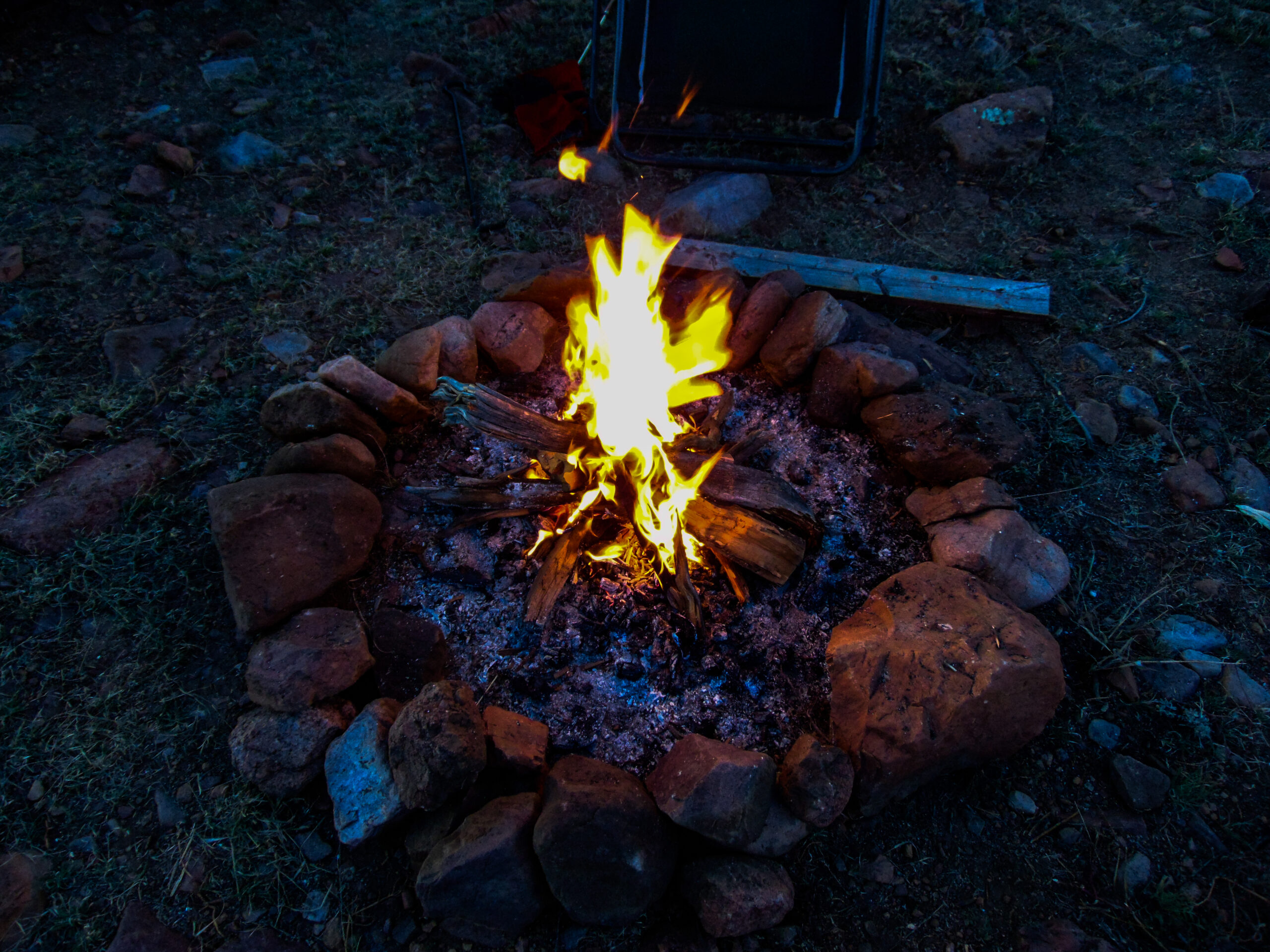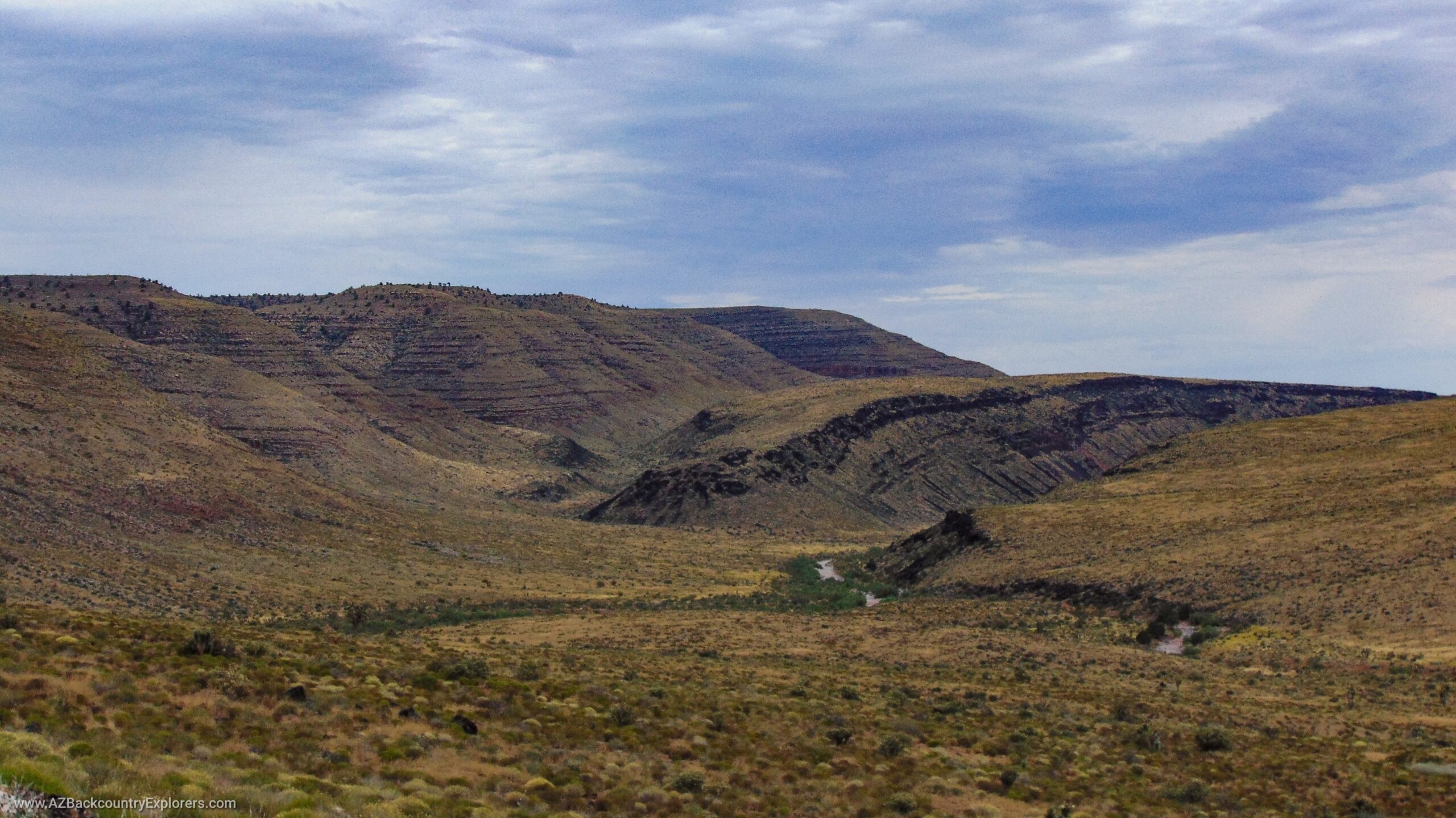Your cart is currently empty!
Posted in
A Resolution is currently making its way through the capital, solidifying the State of Arizona’s opposition to President Joe Biden’s Executive Order 14008. This executive order calls for protecting 30% of land and water in the United States by 2030 and is better known as the 30×30 Plan.
The 30×30 Plan isn’t just a call to action. It is a directive to the Interior Department and establishes several new presidential appointed bureaucratic positions. Those positions include the Whitehouse Office of Domestic Climate Policy, a National Climate Task Force, and workgroups to implement the idea.
The House Resolution reads as follows:
Whereas, Arizona is the sixth largest state in the United States by land area, containing 113,998 square miles of land. The federal government is the largest landowner in Arizona, holding nearly 70 percent of the state’s total acreage, including 24 percent of land held under federal trust for tribal communities. Thirteen percent of the state’s acreage is state trust lands and only approximately 13 percent is private property; and
Whereas, in Arizona there are 90 wilderness areas that comprise 4.5 million acres, and a large percentage of privately owned land is already being protected with perpetual conservation easements; and
Whereas, many of Arizona’s businesses, schools and citizens are involved in or otherwise depend on industries that use federal lands and their natural resources, including those deemed “critical minerals”; and
Whereas, in Section 216 of Executive Order 14008, President Joe Biden directs the United States Secretary of the Interior, in consultation with the United States Secretary of Agriculture, to develop a program to conserve at least 30 percent of lands and waters in the United States by 2030 (“30 x 30 program”). If implemented, this program is likely to cause significant harm to the local tax base and economy of Arizona and to disproportionately impact the businesses, schools and citizens of Arizona and other western states; and
Whereas, the 30 x 30 program, if implemented, will conflict with the plans, policies and programs of Arizona that obligate the federal government to coordinate its policy development with the state as also required by the Federal Land Policy and Management Act and the National Forest Management Act; and
Whereas, legislation known as the 30 x 30 Termination Act was recently introduced in the United States House of Representatives to block the radical 30 x 30 program being pursued by the Biden administration.
Therefore
Be it resolved by the House of Representatives of the State of Arizona, the Senate concurring:
1. That the Members of the Legislature oppose the 30 x 30 program or any similar program that will set aside and prevent the productive use of millions of acres of Arizona’s lands, oppose the designation of public lands and national forests in Arizona as wilderness, wilderness study areas, wildlife preserves, open space or other conservation land, and oppose the acquisition of private land from unwilling private landowners.
2. That the Members of the Legislature support the enactment by Congress of the 30 x 30 Termination Act or similar legislation, support the management of public lands and the national forests under principles of multiple use and sustained yield that recognize this nation’s need for domestic sources of minerals, energy, timber and food, support the federal government’s careful coordination with Arizona to ensure consistency with state and local land use plans and land management policies, and support the protection of private property and honoring state rights as required by law.
During testimony, a representative of Trout Unlimited and a representative of the Arizona Wildlife Federation and Arizona chapter of the Backcountry Hunters and Anglers, along with Democrat legislators, argued that the 30×30 Plan is voluntary and good for hunters. They further asserted that Bidens executive order is good for access to public lands.
They insinuated that the goals of the 30×30 program could be achieved without the federal government acquiring more land. They argue that providing the public access to private land and improving existing management plans meets the goal of 30×30. They give an example of a local Ranch that, through Cooperative agreements, has set aside and provided acreage for use by the public.
During a heated debate with the Arizona House Land, Agriculture, and Rural Affairs Committee, three people who spoke in opposition to the measure couldn’t answer the questions of the Committee. They appeared to be ill-prepared to defend their scripted statements of poor rehearsal. The Committee completely slammed their arguments while they desperately tried to defend Joe Biden’s dictatorial edicts.
One person spoke in support of the Resolution and contended that Arizona doesn’t need another level of bureaucracy with local conservation endeavors. He maintained the argument referencing the Four Forest Restoration Initiative, where planners swooped in under existing projects to claime victory.
You may remember this project. We wrote about how it’s obliterating over 1,200 miles of forest roads in 3 National Forests. Read More Here.
Arizona Game and Fish commissioner testified, stating that the department issued a letter to the Biden Administration and Department of Interior opposing Joe Bidens Executive Order 14008.
30×30 is not Joe Biden’s plan
The idea to conserve massive amounts of U.S. soil has been the central theme of wilderness preservation since the early 90s. Starting in the Clinton Administration, environmental groups and sympathetic Democratic policymakers have slowly implemented the Wildlands Project.
Like the 30 by 30 executive order, the Wildlands Project is a call to action for all environmental groups to work towards a common goal of establishing as many Wilderness and protected areas as possible. This goal is meant to designate Wilderness and National Parks, Wildlife Preserves, Military Preserves, and even County and Regional Parks.
The Wildlands Project was developed by an environmentalist named Reed Noss and published in Wild Earth Magazine in 1992. Wild Earth was printed by the Cenozoic Society and hosted several writings describing the ideology of radical environmentalists. Among them were the founders of the notorious group EarthFirst!.
In the Wildlands Projects, environmental groups call for a pre-industrialized civilization and blame the industrial revolution for the degradation of the environment. They advocate for the seizure of private land through sweeping bureaucratic regulations and the creation of wildlife corridors that will connect existing and new protected areas.
The project aims to transform 50% of American soil into Wilderness by targeting private land. Through the Paris Climate Treaty and the International Union For The Conservation of Nature, the Wildlands Project has been injected into land use policy, building codes, and slush funds by local political leaders and non-governmental organizations.
Watch representatives Griffin and Cook explain why the 30×30 initiative is bad for Arizona.
Media Player Error
Tags:
You may also like…

Visit the AZBackroads.com Store

Please Become A Member
We need your help to keep our backroads open. Please join today!
